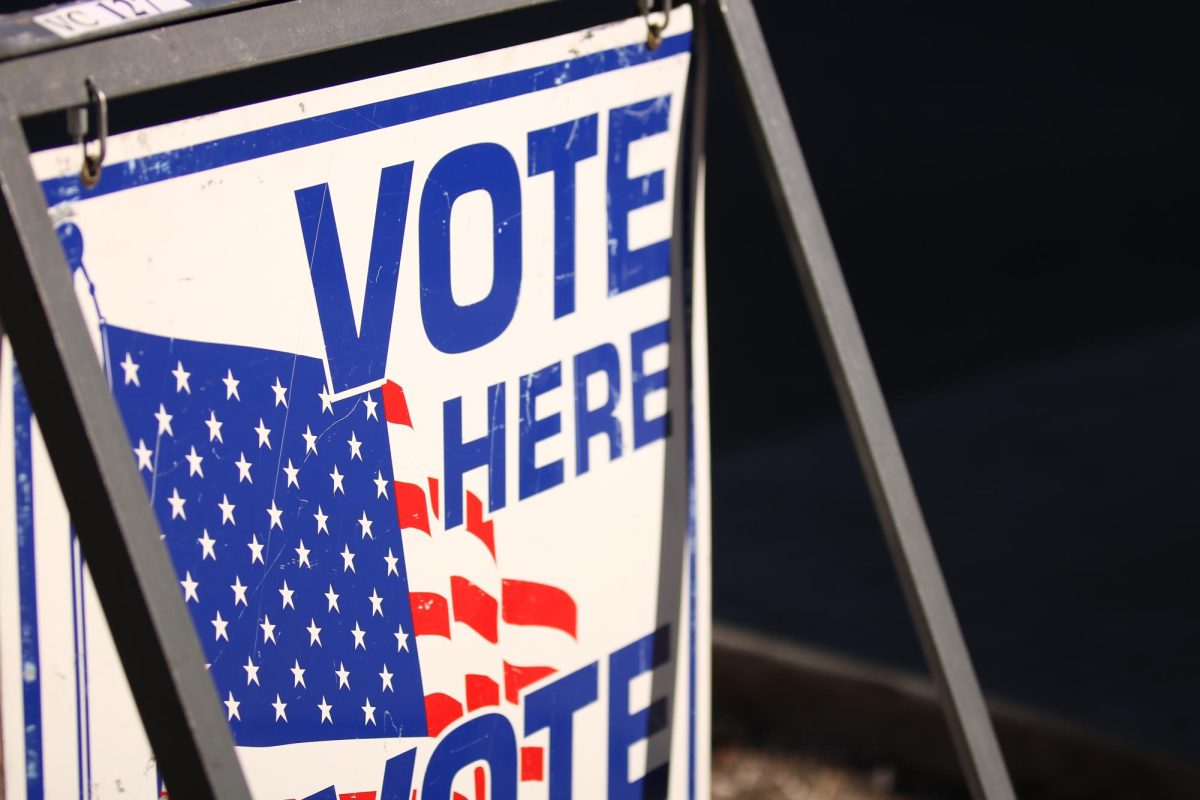The UA Green Fund Committee is looking for ideas with educational components and strong environmental and financial savings.
The student-led committee set up shop last semester after the Arizona Board of Regents approved a $24 tuition allocation for the Green Fund in March. Proposals are being accepted now, and the group has $400,000 to dish out to the projects they choose.
“”I’m hoping that the students and the professors can really surprise us,”” said Lon Huber, Green Fund Committee chair and business administration graduate student.
Huber is excited for students to have a chance to see their proposals in action before they graduate.
“”The poor clubs in the past … they’ve had to spend years just fundraising. I wish they could see us now,”” Huber said. “”There’s only a few universities that have the setup that we have. Especially for a large school like U of A, it’s pretty unique.””
Chad Travis, pre-business sophomore and Green Fund Committee vice-chair, said projects would begin to receive funding as soon as the committee reads through all the proposals that have been submitted.
Both faculty and students can submit ideas to the committee.
“”We’re looking for art students … it could be performing arts. I want the student body to think outside the box on this. Almost every major has some type of tie to environmental sustainability,”” Huber said.
Travis thinks one of the important things about proposals is to not be afraid to submit ideas for consideration.
Proposals should be professional in tone and the UA Office of Sustainability is available to assist students if they have questions. All materials to submit a proposal are available online, and proposals are due by Feb. 7.
The Green Fund Committee has discussed holding public meetings as an option to keep students informed about their projects, according to Travis.
“”We want to be as transparent as possible because we’re held accountable to the entire student body, and we’re making decisions for the students,”” Travis said.
Huber is hoping the Green Fund will provide an opportunity to demonstrate sustainability initiatives that could be implemented in the community as well as the UA.
“”I really want to show just the imagination and creativity that the student body has in the area of sustainability,”” Huber said. “”It’s important not just in the immediate campus community here but for the community’s sake to see working models of sustainability projects to show ‘Hey it works first and foremost. Two, it’s cost effective and, it’s a strong investment.'””









